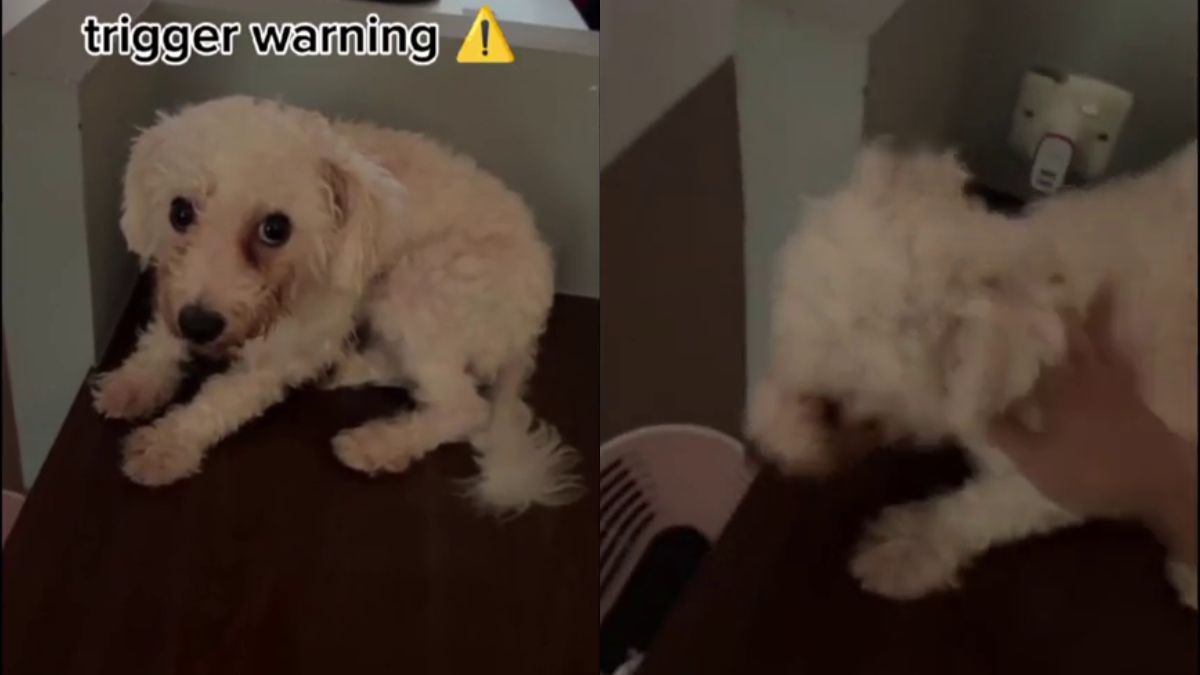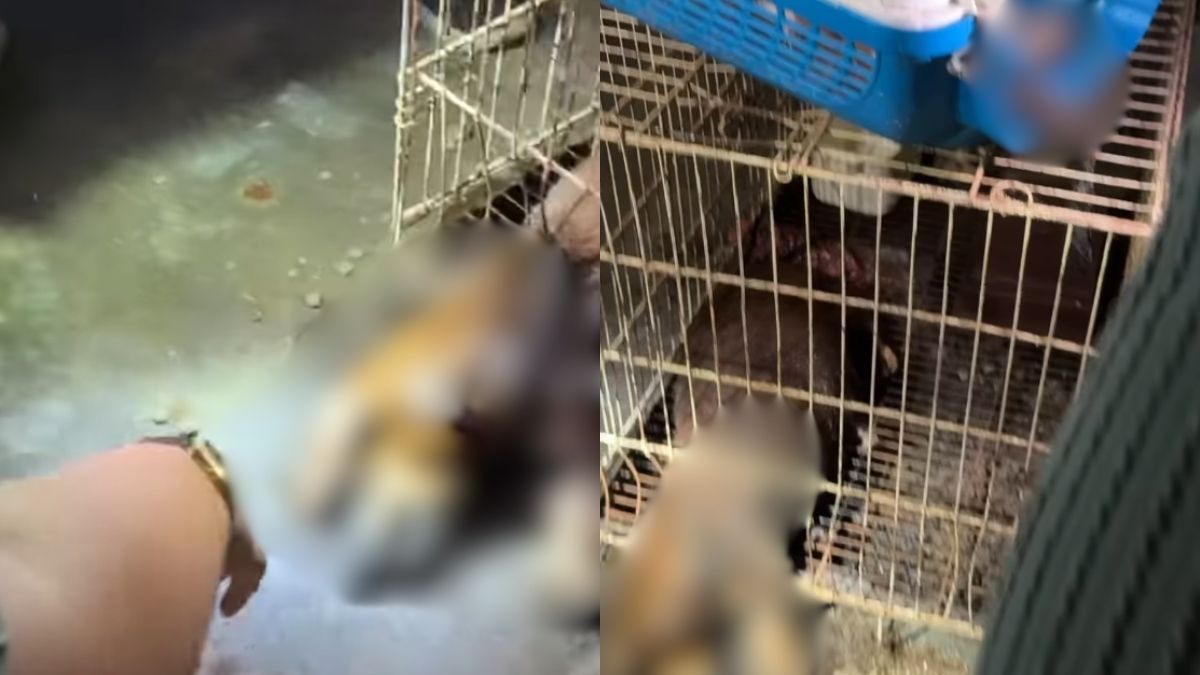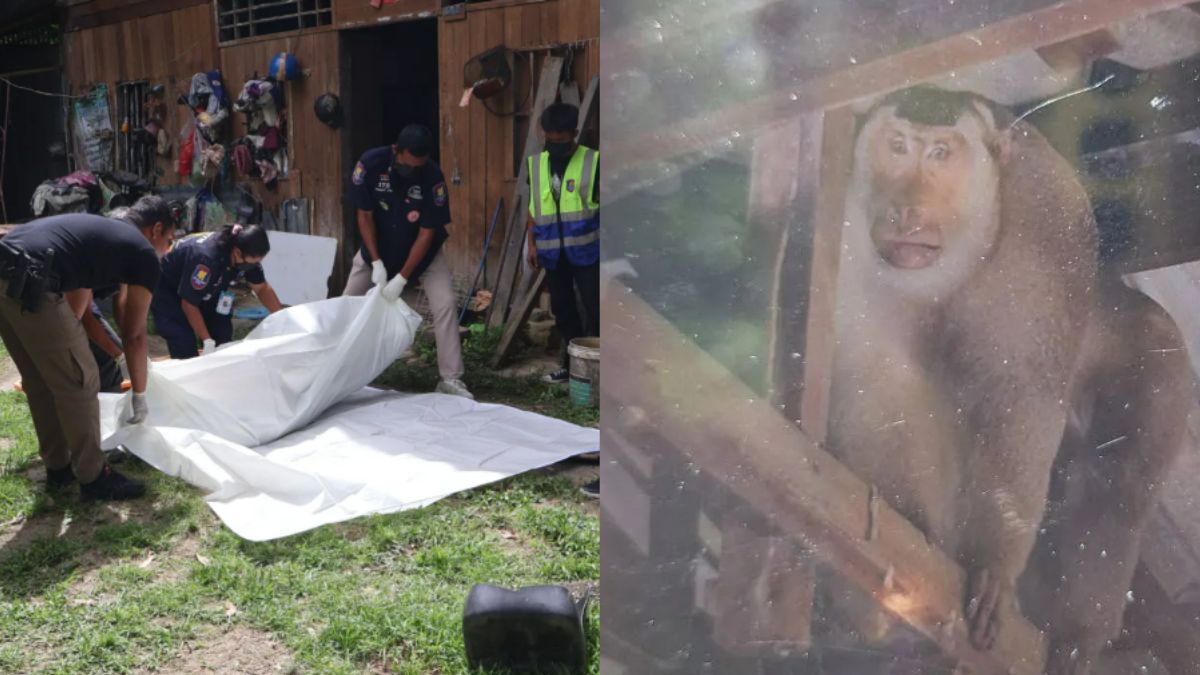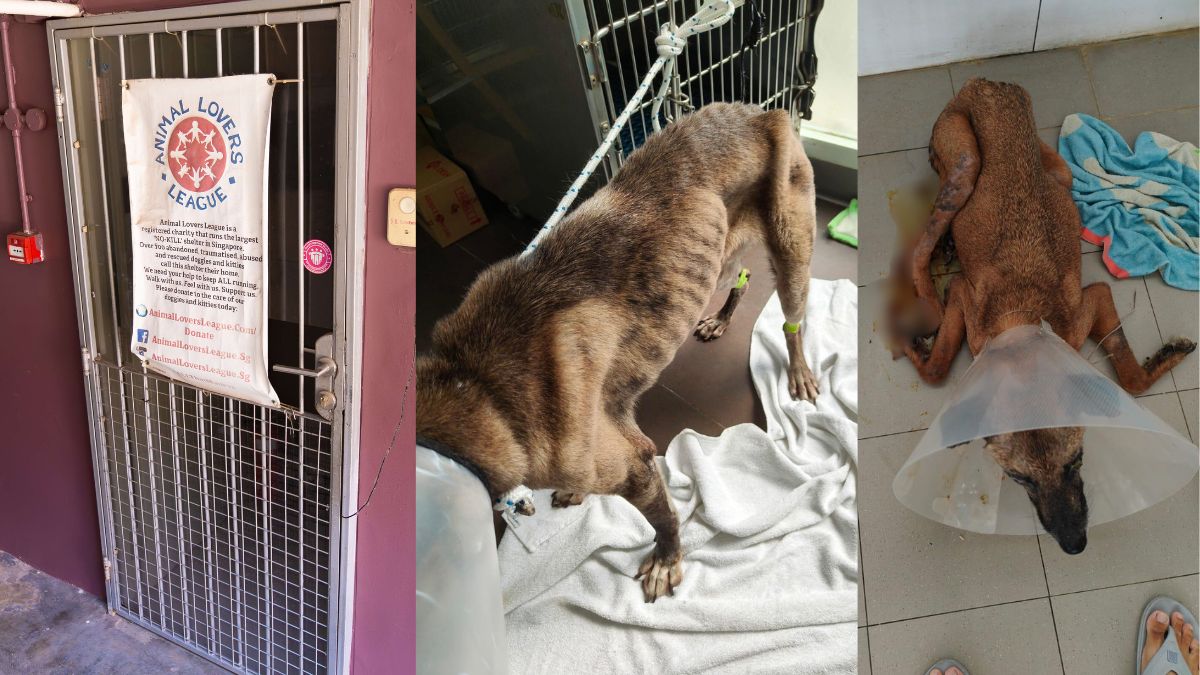Discovery of water beads in NParks corral raises safety fears for Bidadari stray dogs
Water beads were found inside a corral set up by NParks at Bidadari Park, sparking fears for the safety of stray dogs living there. Animal caregivers say the beads could cause choking or fatal blockages if ingested. NParks has been asked to investigate.

- Water beads were found inside an NParks corral at Bidadari Park, raising concerns for stray dogs’ safety.
- Caretaker Jermaine Chua warned the beads could cause choking or fatal intestinal blockages if ingested.
- NParks has been managing the Bidadari dogs through barriers and trapping after complaints from residents.
Water beads, small colourful gel-like balls that swell when exposed to moisture, have been discovered inside a corral built by the National Parks Board (NParks) at Bidadari Park. The finding has raised concerns over the safety of stray dogs living in the area.
The corral is part of NParks’ ongoing plan to trap and remove the dogs, which have lived in the estate for nearly a decade. Trappers regularly place food and water inside to familiarise the animals with the enclosure.
Caretaker raises alarm
The discovery was first highlighted on 6 May by Jermaine Chua, a long-time caretaker of the Bidadari dogs and the individual behind the Doggie Mommy Instagram account.
Posting a photo of the beads inside the corral, Chua expressed alarm and questioned how they had ended up there. “We found quite a number of these mysterious ‘water beads’ scattered inside the corral. We do not know if any of the dogs have already ingested them,” she wrote.
Chua explained that the beads expand significantly when wet, creating a choking hazard and the potential for life-threatening intestinal blockages. While the toxicity of water beads is not always clear, some types contain acrylamide, a carcinogen and neurotoxin.
In a 12 May update, she said her team had contacted NParks to demand a thorough investigation. She also shared a video of a dog excreting rainbow-coloured beads after apparently mistaking them for food.
“Water beads, also known as Orbeez, are dangerous to pets and may result in death. Pet owners, please keep these dangerous water beads away from your pets,” Chua urged.
NParks’ plan to manage the dogs
NParks has been managing the Bidadari dogs in response to residents’ complaints about barking and what they described as “territorial behaviour”. According to the agency, over 60 reports have been received, including about 20 cases of dogs chasing people.
No attacks have been reported, but in one case, a child was injured while fleeing from the dogs.
To address concerns, NParks installed a U-shaped blue canvas hoarding as a visual barrier and began humane trapping operations. The corral, designed like a playpen, was set near the dogs’ feeding area and stocked with kibble, water, and surveillance cameras to help the animals acclimatise.
The agency has previously stated that it uses internationally recognised humane trapping methods similar to those employed in its Trap-Neuter-Release-Manage (TNRM) programme.
Calls for humane alternatives
Chua and fellow caretakers have consistently appealed for alternatives to removal. In an open letter published in March, they argued that the existing hoarding had already reduced encounters between the dogs and parkgoers.
They urged NParks to consider turning the temporary barrier into a permanent solution that would allow the dogs to remain in a designated zone.
“Such an approach would address public safety concerns while allowing the dogs to remain in a designated area—offering stability and harmonious co-existence,” the letter stated.
The group has called for mediation between authorities, residents, and animal welfare advocates to explore solutions beyond trapping and relocation.
Safety questions remain
The presence of water beads in the corral has intensified debate over how the removal programme is being managed. Caretakers insist the incident underscores the need for transparency and vigilance.
As of now, NParks has not issued a public statement on the matter. It remains unclear whether the beads were introduced deliberately or accidentally, and whether any dogs have suffered serious harm.
The case has sparked broader concern among pet owners and animal welfare groups, who warn that the use of water beads in public or natural spaces poses risks not just to stray dogs but also to domestic pets and wildlife.








0 Comments